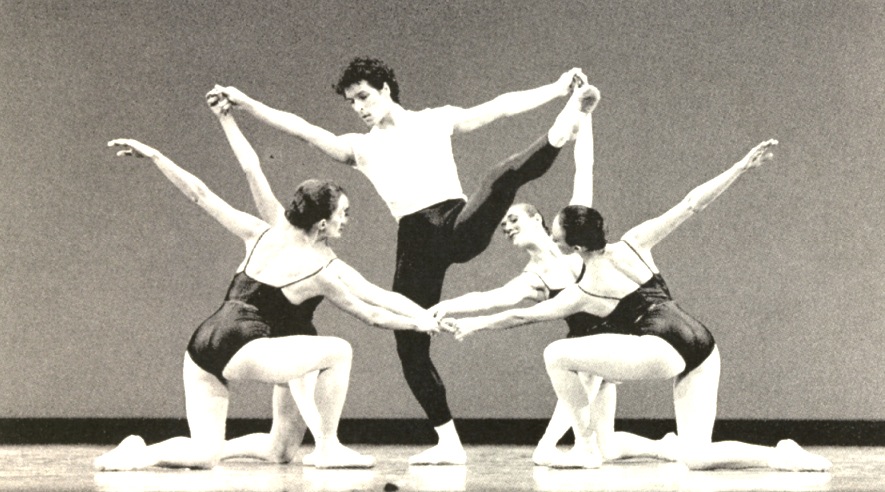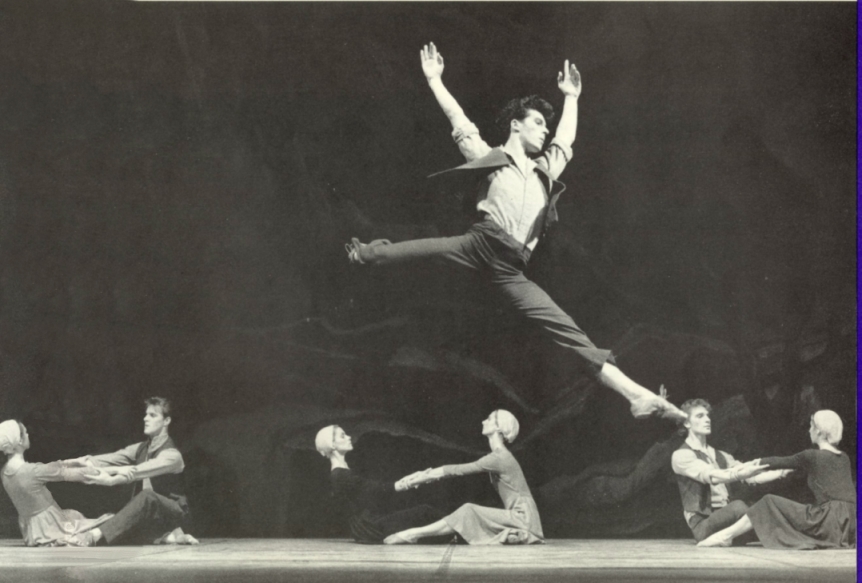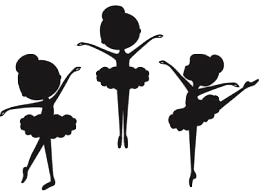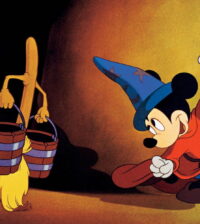- Belgium comes to Yamashita Park
- Residential Villa in Phuket Entices Remote Workers With Long-Stay Rates
- Rare pieces of French glass art at the Mirai Museum of Art
- Feast on fresh fish and seafood at the 2024 ‘Sakana’ Festival
- Would you like to ride in a Louis Vuitton gondola lift?
- Naked Snow Aquarium
- Festive lights at Yomiuriland will get you feeling the holiday vibes
Danseur and Teacher James Amar gives ballet lessons to children.
 Tokyo families catches up with James.
Tokyo families catches up with James.
What brought you to Japan?
The wish to always come back!
I came to Japan for the first time in 1981 (at age 11) with the Paris Opera Ballet School on the invitation of Mr.Tadatsugu Sasaki, executive director of Japan Performing Arts Foundation.
One can not imagine what it was like for us to make such a trip at a young age. Our eyes sparkled in awe by all the treasures we discovered at each corner of the streets: people wearing traditional kimonos, gardens, temples, food, floral scents, yakitori, and, of course, the world-famous kindness and hospitality of the Japanese people.
These are fond memories hard to forget. My schoolmates and I still talk about the trip even after 36 years since the visit!
I’ve always kept Japan and the Japanese people dear to my heart and always longed to come back here.
I actually came back as a dancer then, several years later as a teacher in Tokyo, Hiroshima, Osaka, and Okinawa.
In fact, I had been invited to teach ballet in Okinawa these last 2 years after working in China as an art director.
Why did you choose Japan to be your home?
Firstly, because of my love for the country, people and culture.
Secondly, the Japanese and French people share similar interests in arts, culture, food, and good sake/wines. The quality of life in Japan is very pleasant and Tokyo, despite being a big and crowded city, is surprisingly peaceful.
I will soon be getting married to my fiancee who happens to be a Japanese. I chose to settle here because of that and my love for Japan.
 In ballet, there’s classical, neoclassical and contemporary. What exactly is a French ballet style?
In ballet, there’s classical, neoclassical and contemporary. What exactly is a French ballet style?
France’s classical ballet is where everything started. Thus, all the terms and names of the steps are still taught in French all over the world.
Places like Paris Opera guards the roots of our culture especially reinforcing elegance, control, perfection, technique (“petite batterie” especially) and neat footwork.
I remember what my teachers used to tell me – “It’s better to do 3 perfect pirouettes than tons of dirty ones!”
Dancers like Matthieu Ganio is the perfect example of our style.
In the previous generation, Manuel Legris was also very representative of French style and technique.
As for the girls, it is impossible not to mention Sylvie Guillem who remains to this day, as the most amazing female dancer the Paris Opera school has ever produced .
She has danced worlwide including in London. Her variation of “Grand Pas Classique” is the perfect example of what the French style is all about despite the ‘pas de deux’ choreography was by Russian Victor Gsovsky .
The French technique is marked by a distinct footwork for the boys as well as the girls.
One interesting thing is that the French style doesn’t use certain methods such as RAD for the English or Vaganova for the Russians.
We just have to remember our teacher’s work and “re-create” our style, keeping our roots and adapting ourselves to it in our time.
As for neoclassical, there aren’t too many examples of choreographers using the neoclassical style.
The most famous one of course was Serge Lifar who had a similar style as Balanchine famous for using out-of-balance positions and creative point work.
I personally like neo classical but it is sometimes considered as “dated” since the arrival of many modern and contemporary choreographers to the ballet scene.
As a matter of fact, I have recently choreographed 3 ballets for the National Theater of Macedonia on the music of Manuel de Falla using contemporary and neoclassical style. I am happy to see that neoclassical is still highly appreciated Asian countries.
It’s hard to say that French ballet contemporary style exists but there are loads of opportunity for French choreographers to express themselves for a reason. First, because it is financially well supported by the French government and second, because contemporary is considered very much “in fashion” nowadays.
Among the famous contemporary choreographers, it’s worth mentioning Angelin Preljocaj who is considered to be one of the greatest and most popular contemporary choreographers of all time. But she is also classified as a “classical” contemporary choreographer by more “contemporary” choreographers and/or dancers.
Who is your favorite ballerina and danseur?
Now thats a very hard question as I love tons of dancers and for many different reasons.
First, all the ones I mentioned earlier plus Dorothee Gilbert.
I saw her and Ganio in Noureev’s Nutcracker in Paris on a Christmas day and both of them were just fantastic. It’s one of my most memorable souvenirs. Everything was just perfect, effortless from the beginning to end. Then, I can add many Russians dancers such as Ulyana Lopatkina who is the most beautiful swan I have seen in my life in “Swan Lake”.
I also admire many Cuban and American dancers. I’m a great fan of Mr. Kumakawa for his amazing and spectacular technique. His variations are breathtaking !
My favorite dancer of all time is and always will be Baryshnikov for his love of ballet, his artistic sense, intelligence, and humor.
It’s always amazing to watch his videos from the 80’s and see how modern they still look today, be it “Don Quichotte”, his memorable interpretation in “Vestris”, Tchaikovsky’s “Pas de Deux” or “Les Sylphides”.
You have to be an exceptionally intelligent human being to be able to excel in such different roles and styles. I met him by accident when I was a kid in the corridors of the Palais Garnier. All my schoolmates and I once ran to him to get an autograph. He is such a nice and humble person. I saw him many years later dance to all kinds of modern and contemporary solos. He is a rare and fantastic man, dancer, and artist.
 At what age did you start learning the art and what would be your advice to parents who would like their children to learn ballet?
At what age did you start learning the art and what would be your advice to parents who would like their children to learn ballet?
I started with my mum when I was 6 years old and did it more as a hobby.
I then joined Paris Opera school at the age of 10 when things started to get really serious. I’m happy you gave me the chance to comment on this subject because from my point of view, many ballet learners wear pointed shoes too early.
Parents and young little girls dream to copy wonderful dancers they watch on stage but, I strongly dissuade parents from having their children under 10 years old wear one to avoid seriously damaging their health.
The joints and muscles are not ready to support and hold the feet properly on the toes, even with hard pointed shoes.
As Aurelie Dupont, also an extraordinary dancer and now director of the Paris Opera famously said, “It is the foot that holds the shoe, not the shoe holding the foot!” That’s coming from such a highly experienced artist and worthy of heed. Most teachers should start point work when children are about 10-11 years old and after the end of the second year of Ballet.
It is very easy to stick to bad habits when kids don’t have enough strength. The damaging consequences can be long-term for the feet, ankles, and knees.
I have been teaching for over 20 years now and I am often sad to see many talented dancers having to quit their career because of bad injuries caused by bad training and/or pushing the limits too far in the wrong direction at a young age.
Preparing a good, strong, foundation for a healthy dancer is like building a an earthquake-resistant Japanese house, requiring solid bases.
What kind of children do you want to teach and why?
I like working with all kinds of dancers but especially teenagers. I taught ballet for the “Jeune Ballet de France” (Youth Ballet of France) for several years. It is not easy to navigate between childhood and adult, but paradoxically, it is a very important transition in a dancer’s career.
You either gain much confidence if you are well surrounded and well taught (family, teachers), or lose your faith if you doubt too much or are not well supported and positively trained.
It is the moment when your body gets stronger, when you start to realize your potential and the kind of dancer you will be or wish to become.
It’s also a good moment to step into the repertoire and start doing competitions to improve your technique and have a more artistic approach to the art.
I enjoy teaching private lessons very much. One can build a very strong and durable rapport with the student. Teaching the first steps of a variation and focusing on the details make a difference in the final outcome.
It feels gratifying to see students work so hard and then called to receive a prize at a competition. The confidence grows, the energy strengthened and the happiness shows to meet future challenges. That’s when I feel fulfilled that all the hard work was not in vain.
Do you have any plans to open a ballet school for children in the future?
I have just been in Tokyo for over a month. I did consider the idea but I still would like to discover more before I choose this option. I am in contact with many schools and companies and I have already several offers for cooperation which Im absolutely delighted with. We’ll see. Life is like a journey by a river. I like to check out which landscape offers the most enriching experience.
For parents who wish their child to take Ballet lessons from James or for amateur or professional exchange, he may be contacted via email in English, French or Japanese at. jamesamar444@hotmail.com or jamesamar444@gmail.com
Tel : 090-9575-9107
















